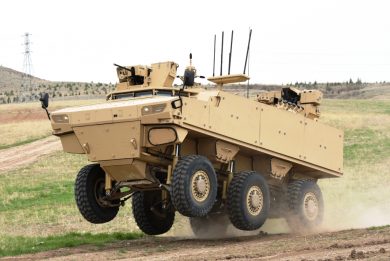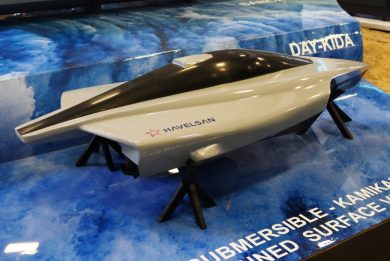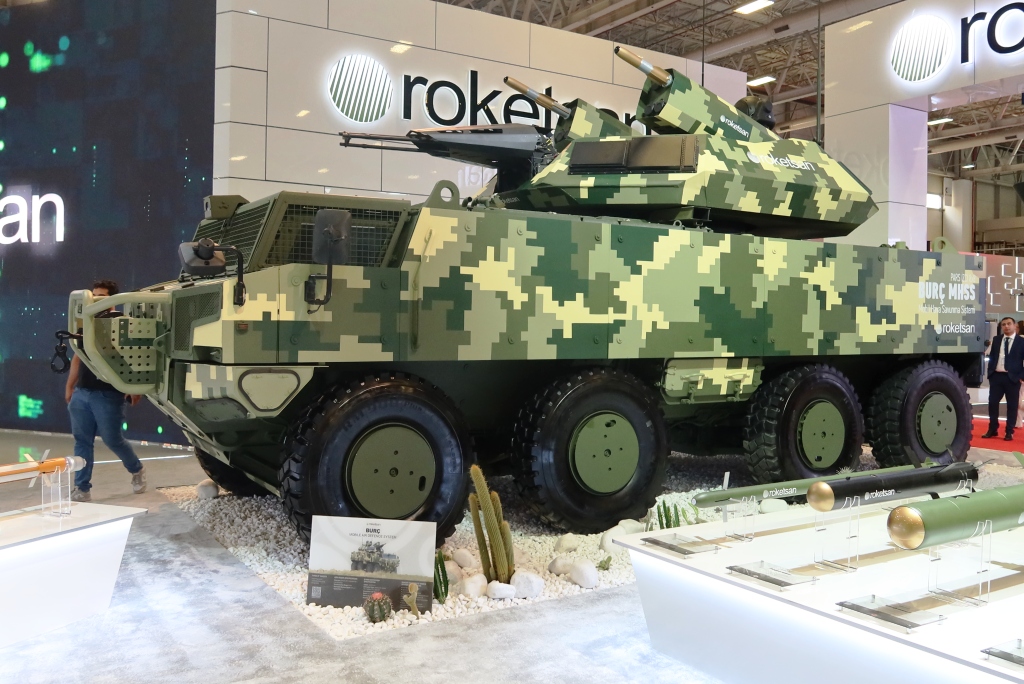
IDEF 2023 – Roketsan unveils its Burç mobile air defence gun-missile system
While recent events led to an increase in importance of artillery, the advent of UAVs and loitering munitions led to the development of new air defence systems, one of them being the Burç, unveiled by Roketsan of Turkey at IDEF 2023
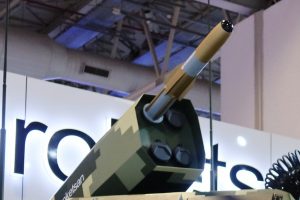
At the Roketsan stand two mobile systems were on display, one antitank and one air defence. The latter known as Burç, saw the Roketsan turret installed over a PARS 8×8 by FNSS. The turret, fully developed by Roketsan, hosts two types of effectors. For longer range engagements two launchers have been installed right and left of the turret, each hosting four Roketsan Sungur short range missiles. The Sungur has a maximum range of 8 km and a minimum range of 500 metres, with a maximum altitude of 4 km. It is fitted with an imaging infrared seeker with a 40° field-of-view allowing fire-and-forget operations with lock-on-before-launch. The two pods containing the Sungur missiles have a maximum elevation of 80°
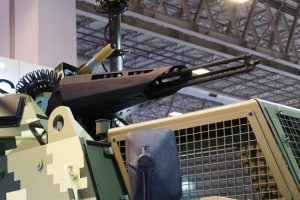
The second effector is the 20 mm three-barrel Gatling gun provided by TR Mekatronik. The company developed the gun for the T129 Turkish Land Forces attack helicopter, and the system adopted on the Burç is heavily based on that gun. While the core remains the same, the weapon being chambered for firing the 20×102 mm NATO standard ammunition, many differences can be found in the overall layout; only elevation servos remain, azimuth movement being provided by the turret, elevation being greater in the positive angles, up to 70°, compared to the -45° typical of the helicopter solution. Electronic control units are also different, as well as the feeding arrangement. The gun can fire various types of ammunition such as M56A3 HEI, M56A3 HEI-T, M55A2 TP-T, and M53 API, the rate of fire being 750 ± 50rounds per minute.
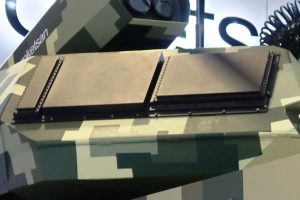
To be able to locate targets the Burç also needed sensors. The main one is provided by Meteksan in the form of its brand new Retinar AESA S-band 3D radar, also unveiled at IDEF 2023. Each AESA antenna covers 90°x90°, therefore four antennas based on Multiple-Input Multiple-Output technology are installed on the Roketsan turret providing full 360° hemispheric coverage. The Retinor is capable to detect and classify air and land targets, down to a minimum speed of 2 m/s, with ranges of 4 km against small drones (0.01 m2 radar cross section), 10 km against tactical UAVs (1 m2 RCS), 20 km against helicopters and small land vehicles (7 m2 RCS) and 24 km against large vehicles (20 m2 RCS). Each antenna is made of three elements, on one side the transmitter, on the other side the receiver, and in between the isolator. The Burç can obviously be fitted with communication systems allowing it to receive target information from other sensors on the battlefield.
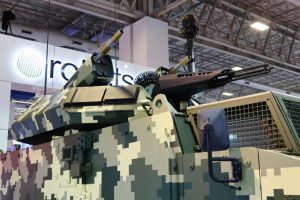
Overall the Roketsan turret weighs around 2 tonnes with ammunition, and according to company sources can be installed on vehicles from 12 tonnes up. However EDR On-Line was told that further evolutions might bring to a weight reduction.
With the missile and the gun already qualified and the radar about to finish the qualification process, the integrated system is currently under qualification, and when the process will be completed the Burç will become available to customers.
Photos by P. Valpolini


